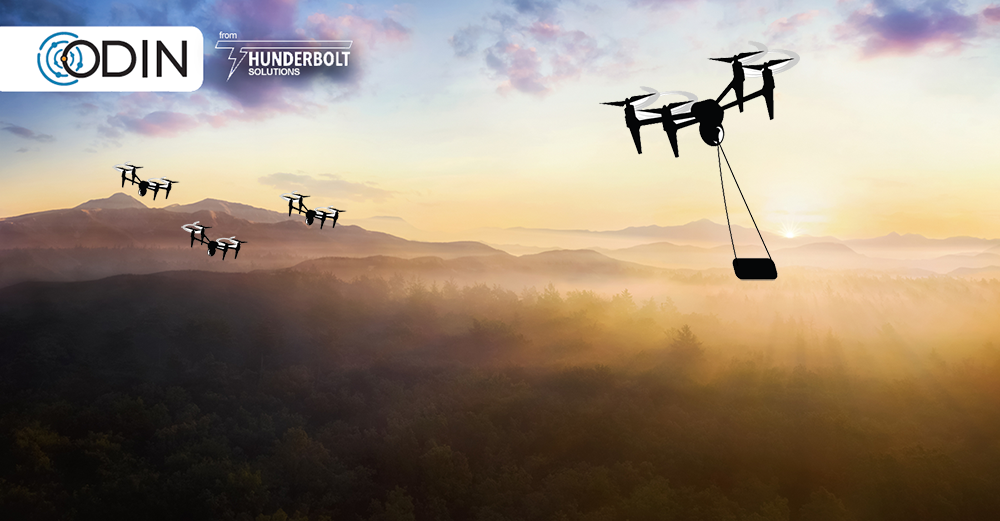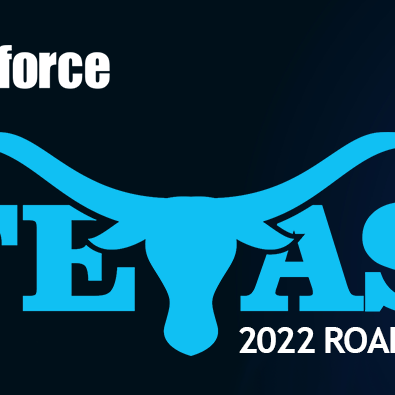
Unleashing the Power of Many: Autonomous Swarms
By Andrew Winkler, Thunderbolt Solutions
The use of UxVs (aka Drones) is growing exponentially. Their value is undeniable. For many applications, a formation or group of drones is warranted and can provide unparalleled value and moves towards valueSQUARED.
Today’s market is platform centric. More capability means more payload which drives the hard choice between bigger platform or less endurance. Bigger platforms mean more complex operations and regulatory headaches. For example, adding a sophisticated EO/IR sensor on your cargo platform adds significant expense, and likely less endurance. Should your drone operations be limited by being beholden to a single platform or platform provider? For the above example, an alternative solution exists – pair a low-cost commercial drone that has exceptional video capability out of the box to your cargo drone. Oops, that could mean you need two people, two drones, two control systems.
These were the questions and scenarios we set out to solve when we developed ODIN (U.S. Patent Pending). ODIN brings heterogenous operations to life. Your operation can harness the power of many. In the above example, with ODIN, one person could control two drones (or more), even if they were from a different supplier.
ODIN is a sophisticated command and control system, built on BlueforceEDGE and BlueforceCOMMAND, that unleashes the power of many drones from a single pane of glass improving reaction time, reducing manpower, decluttering communications, and providing a rapid dissemination of information. Actionable information to those who need it instantly.
ODIN pivots from the pilot/drone centric view to the commanders or end users view. As a commander I just want the drone at a specified location to perform a mission. As a commander or an individual soldier or fire fighter or police officer, “I just need the drone to come and provide me information, whether in the form of a video feed or a chem-bio sensor. I don’t care how the drone gets there, just that it does and does its job when it does.” The beauty of the ODIN architecture is it doesn’t seek to replace platform ecosystems but to leverage them. Need sophisticated AI driven drone flights due to complex flight paths? ODIN will leverage that capability inherent in that platform and that platform’s ecosystem.
At its most basic level ODIN creates and manages missions for activities like overwatch, reconnaissance, delivering aid or supplies, or responding to an event triggered by IoT devices (e.g. shot detectors, seismic ground sensors). Taking things to the next level ODIN allows multiple drones to be assigned to a single objective. For example, we can add an overwatch mission which requires an EO/IR capability to a resupply mission that requires a cargo drone. ODIN will task the cargo drone and its operator and once that drone is ready to go ODIN will select a drone with an EO/IR sensor to shadow the resupply drone at its delivery location to provide additional situational awareness. In recent testing the Thunderbolt team landed a “resupply” drone solely using the video provided by a second “overwatch” drone.
This is just the beginning. ODIN’s flexible architecture is easily extended to rapidly add new missions, platforms, sensors, and mission combinations “Unleashing the Power of Many”. Call or email with questions using +1 866-960-0204 or email us at info@blueforcedev.com.
Download Datasheet


